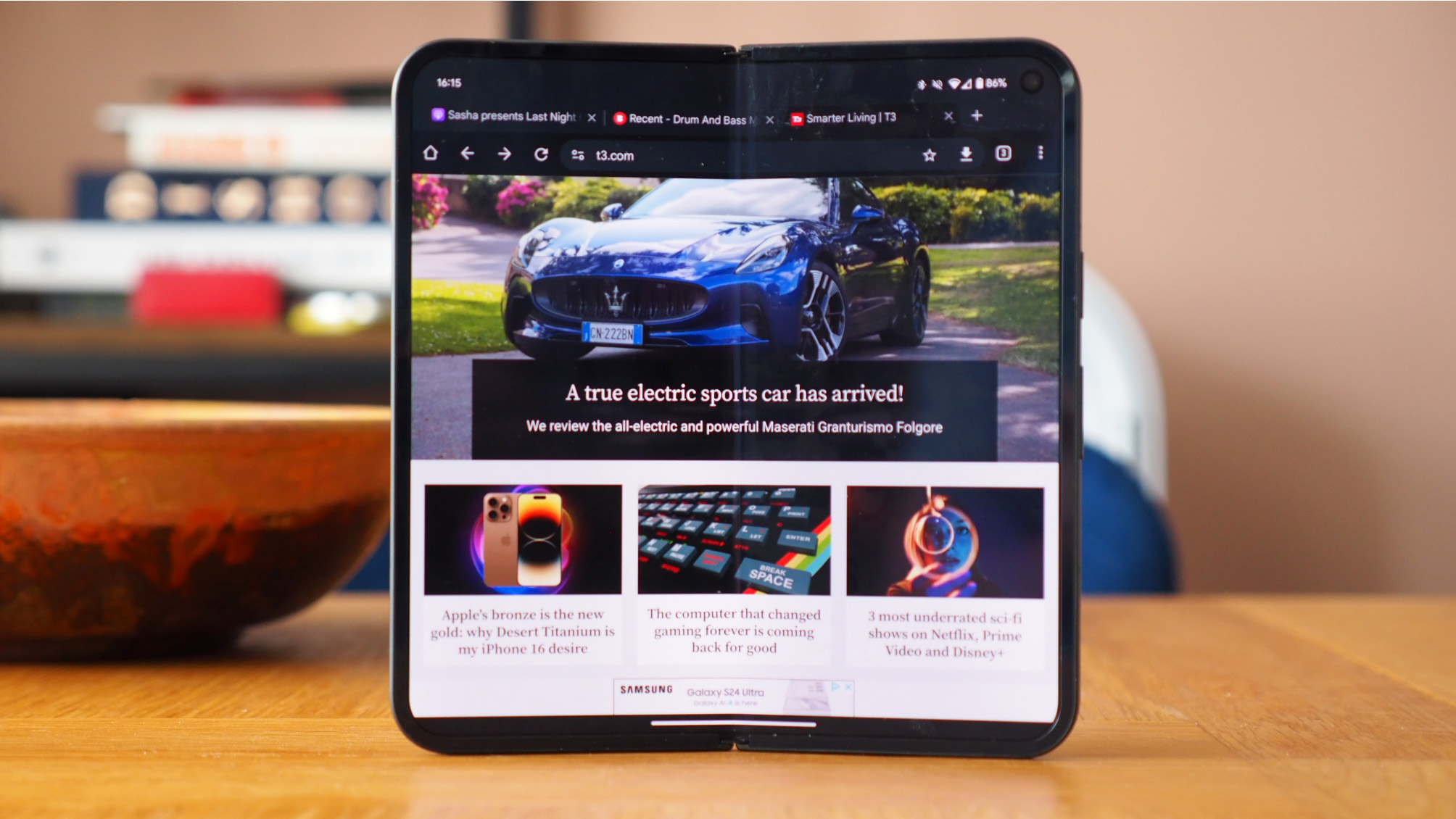
I've been using the Pixel 9 Pro Fold for a full working week, so while I collate my final tests for a full review of Google's best folding phone, in this feature I'll bring you my initial thoughts about the new foldable upgrade – and how it compares to its nearest competition.
I wasn't a particular fan of Google's first-gen foldable, the Pixel Fold, which felt like the start of a journey rather than a fully-formed product. Well, the Pixel 9 Pro Fold – as the name hints at, folding it among the Pixel family more seamlessly – is, thankfully, a whole other story and a major step forward.
While many manufacturers are making nip-and-tuck upgrades to their foldable devices generation on generation, the Pixel 9 Pro Fold is almost an entire change of thinking from Google. And it's all for the better in my view, putting Google's foldable project well in contention among its competition. Here's why:
1. It folds flat!

That's right: the original Pixel Fold didn't fold flat. How it got signed off to go into production, I'm not really sure. But Google has righted such wrongs and the Pixel 9 Pro Fold's internal display absolutely does sit flat.
That's important for durability as much as usability – the original Pixel Fold could be over-stressed across its hinge by avid users, but the all-new Pixel 9 Pro Fold's design avoids this. That's thanks to an all-new hinge design, which makes a huge difference to the product's design – including its size.
The new device is not completely averse to desk wobble when laid flat, though, owing to the new camera design's square-like 'island' on the rear – but I really like this new look which looks far better in person than renders or pictures seem able to do justice. The Pixel 9 Pro's design made people talk, too, but I appreciate the bold new look – I think it's more contemporary.
2. A new aspect ratio win
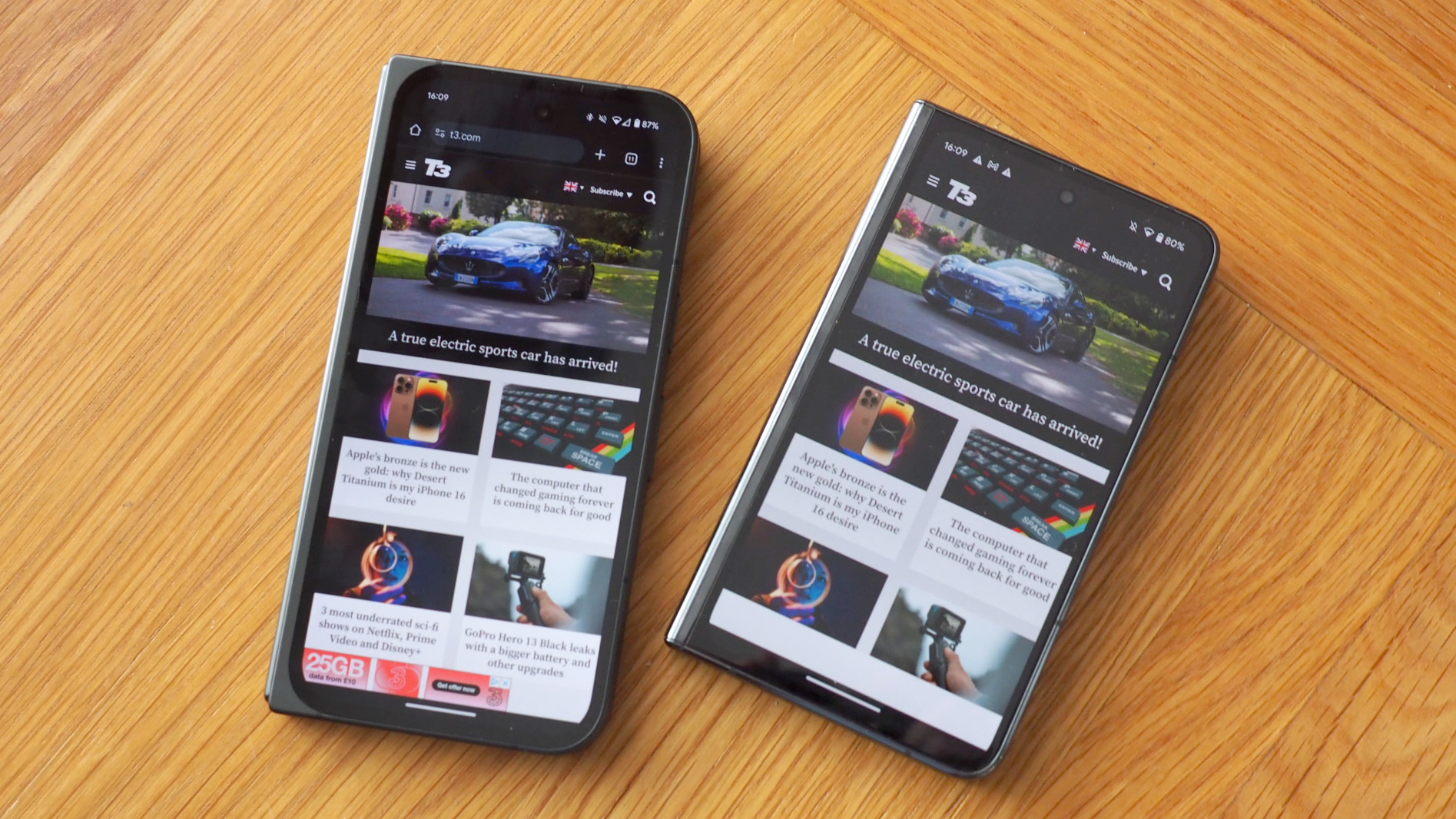

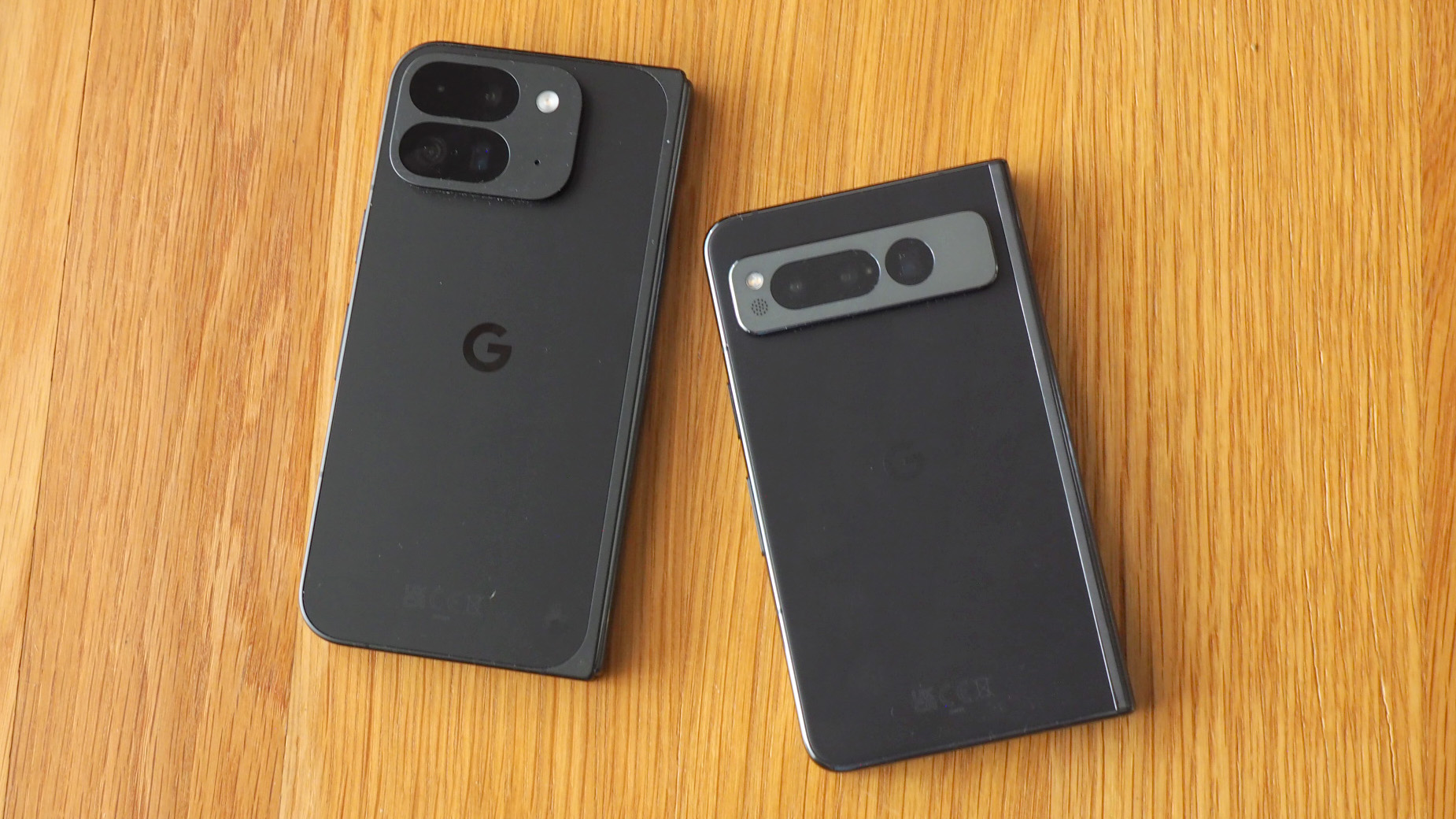

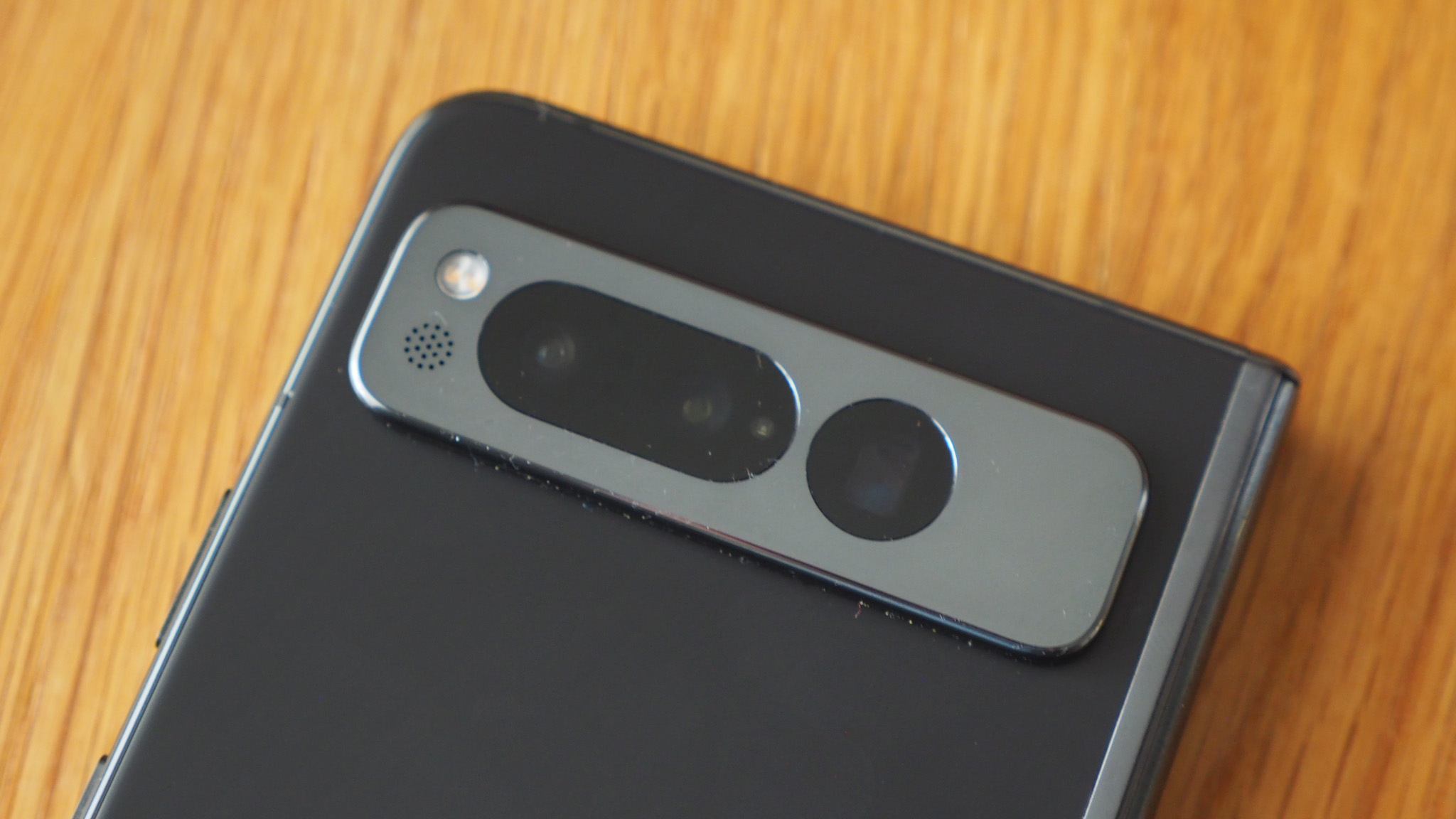
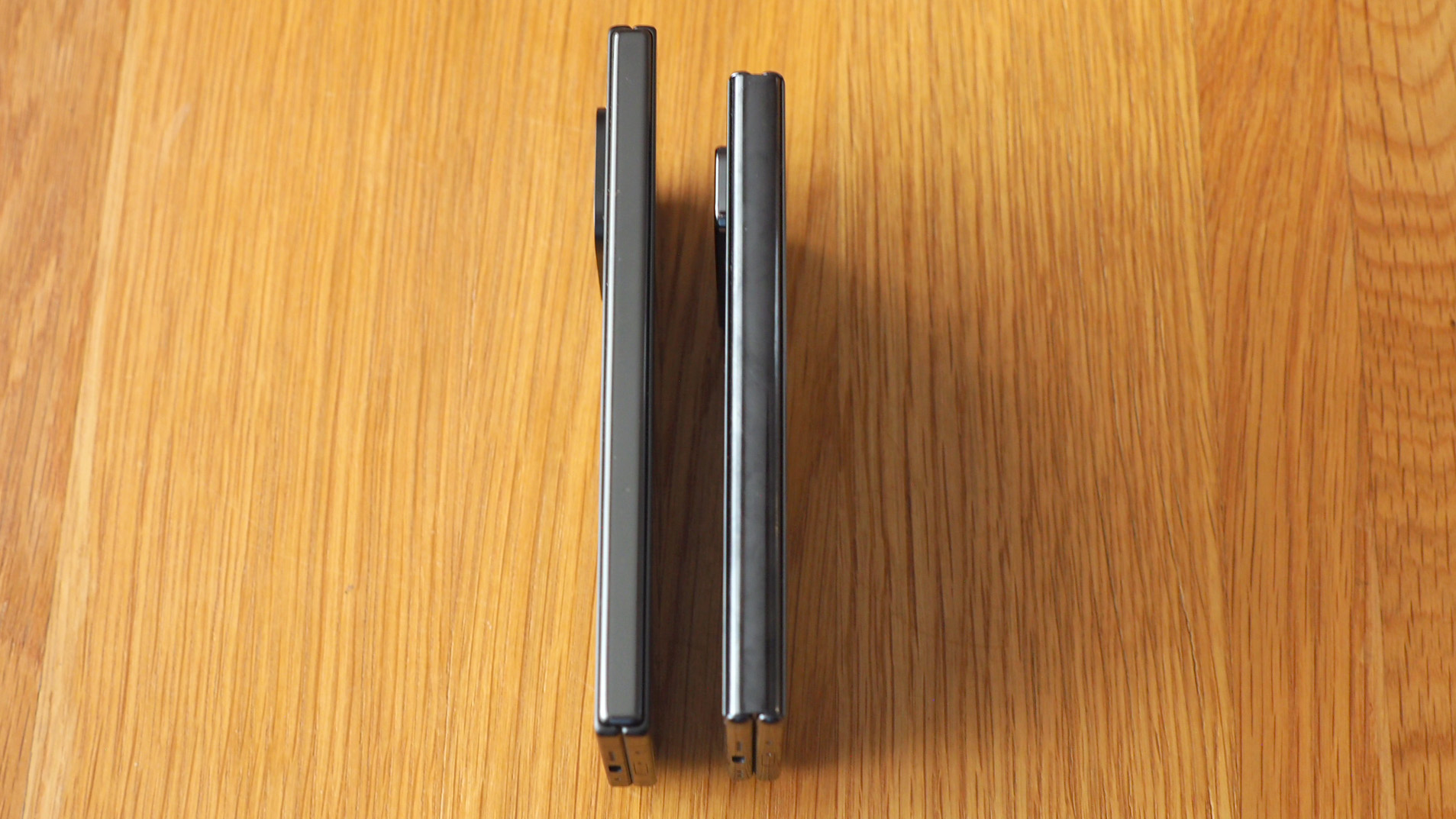
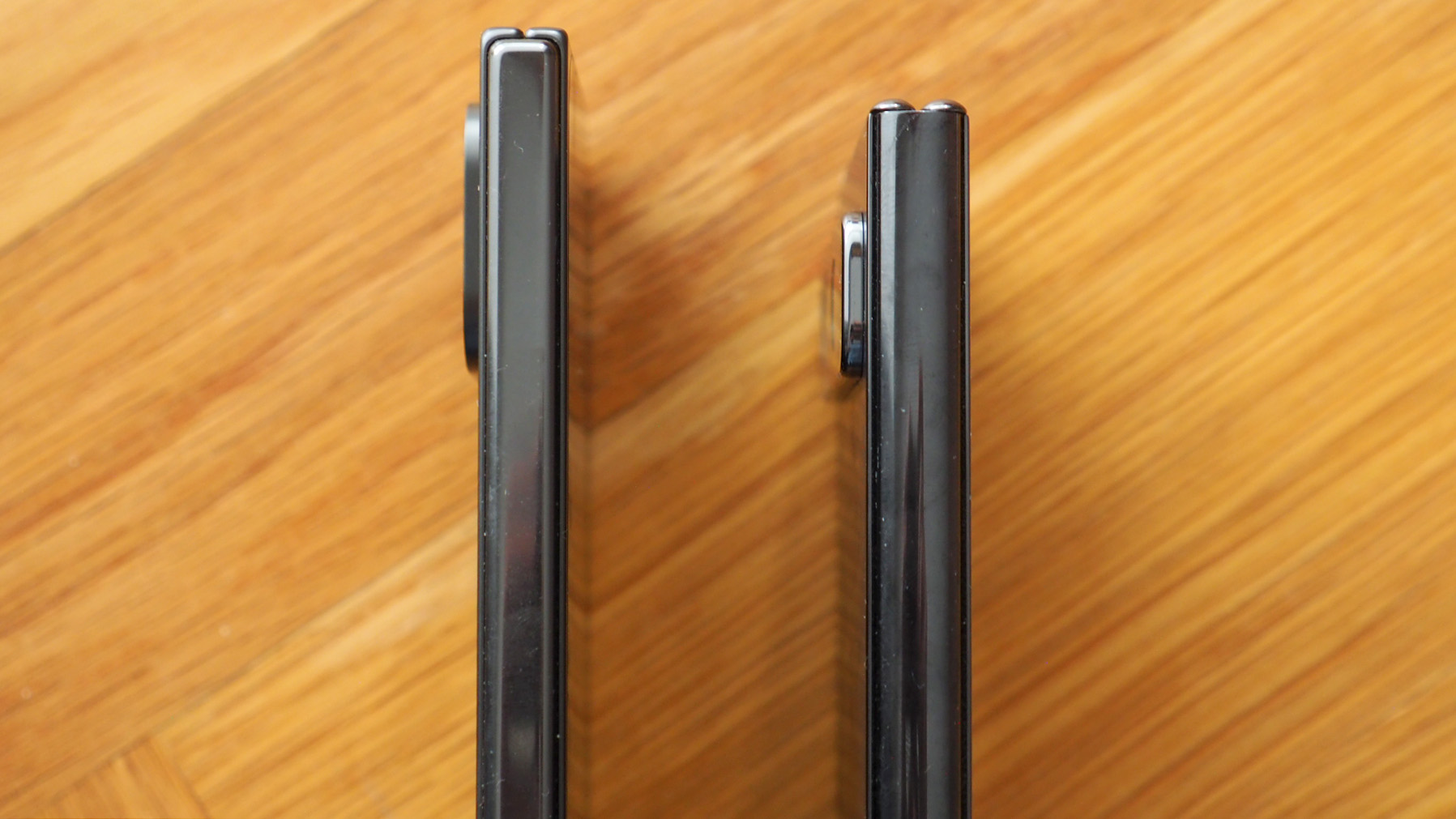
Upon receiving the new Pixel 9 Pro Fold, I had to dig out the original Pixel Fold to remind myself of the changes. It's like night and day, as you can see from my gallery of images above, with a total redesign bringing an all-new aspect ratio as a key new feature. There's a 6.3-inch display externally (with a 20:9 ratio, like many of the best Android phones today), while the biggest-in-the-market 8-inch one lives inside (this with a square 1:1 ratio).
Get all the latest news, reviews, deals and buying guides on gorgeous tech, home and active products from the T3 experts
Before writing this piece I've been using the Pixel 9 Pro XL (i.e. the flagship non-foldable in Google's range) for a number of weeks – a device that's quickly risen in my list of the best phones for 2024. Well, the 9 Pro Fold embodies some of its non-foldable cousin in terms of scale and feel – which is a big improvement and makes it feel altogether like a more 'normal' phone in use.
Aspect ratio is a fairly contentious issue in folding phones though: there's the Samsung Galaxy Z Fold 6, for example, which opts for a much taller and slimmer design arrangement (6.3-inch at 22.1:9 on the outside). That's split users, many of whom think it's too skinny for sense – but I can see Samsung's point of view, as that giant screen inside (a 7.6-inch panel at 20.9:18) is given greater purpose.
3. It's so much lighter
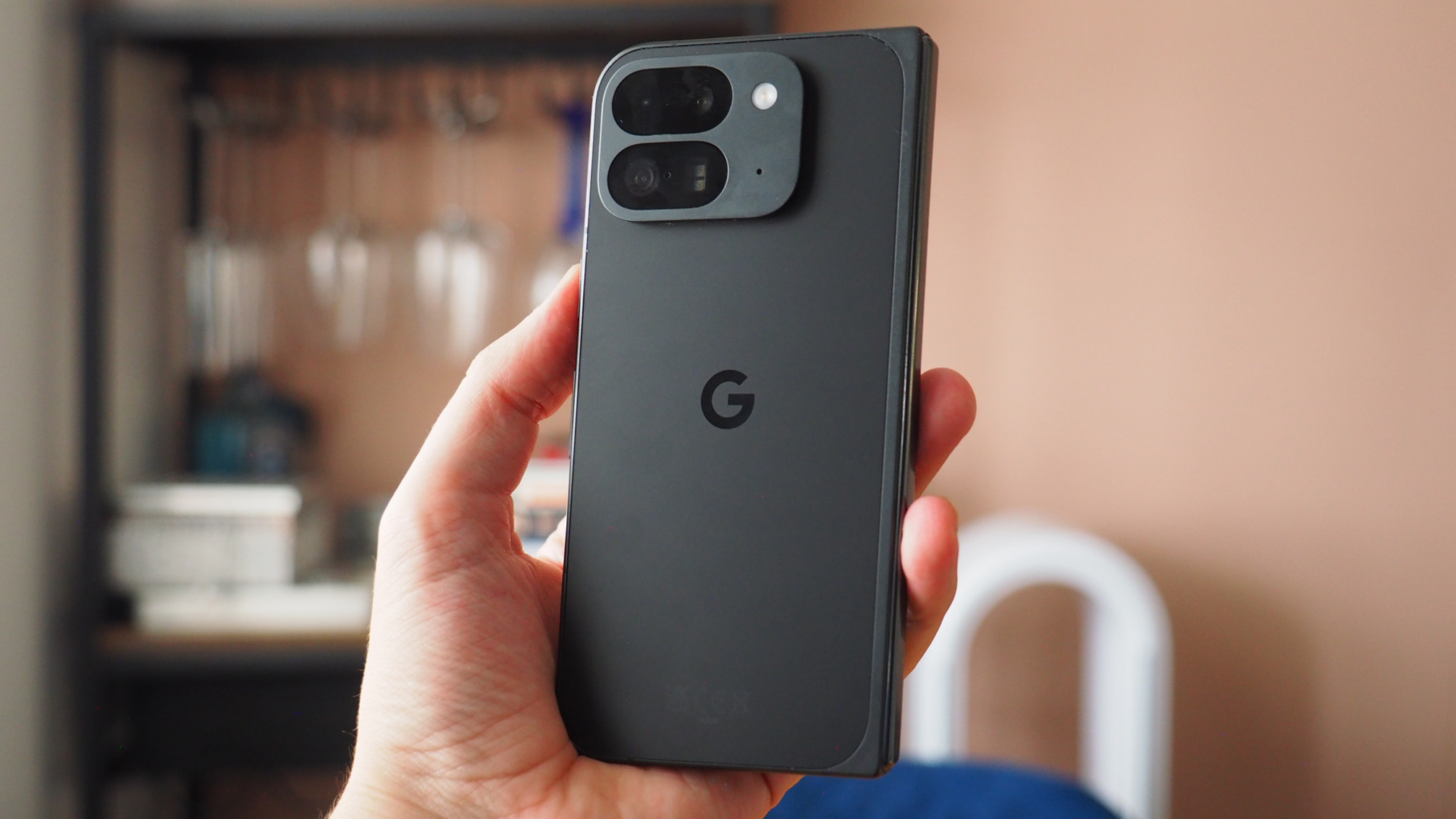
So far I've found the Pixel 9 Pro Fold to feel really comfortable and natural in use. So much so, however, that I'm often left without a reason to actually unfold it – which, y'know, is a large part of the point for the existence of a foldable in the first place.
A big reason for the comfort factor, I think, is a weight decrease from 286g of the original Pixel Fold to 257g for the second-gen model. That doesn't sound like much at all, but honestly I find it makes a major difference – especially after directly handling one handset after the other.
That doesn't actually make it the lightest foldable by quite a margin, though: the OnePlus Open, which I have openly called the best non-clamshell foldable on the market, is even less, at 239g. The Samsung Z Fold 6 is exactly the same weight as that, too, despite its smaller aspect ratio. Winner of the lot will be Honor's forthcoming Magic V3, though, at just 226g – which is almost the same as the Pixel 9 Pro XL's weight.
4. Areas for improvement though
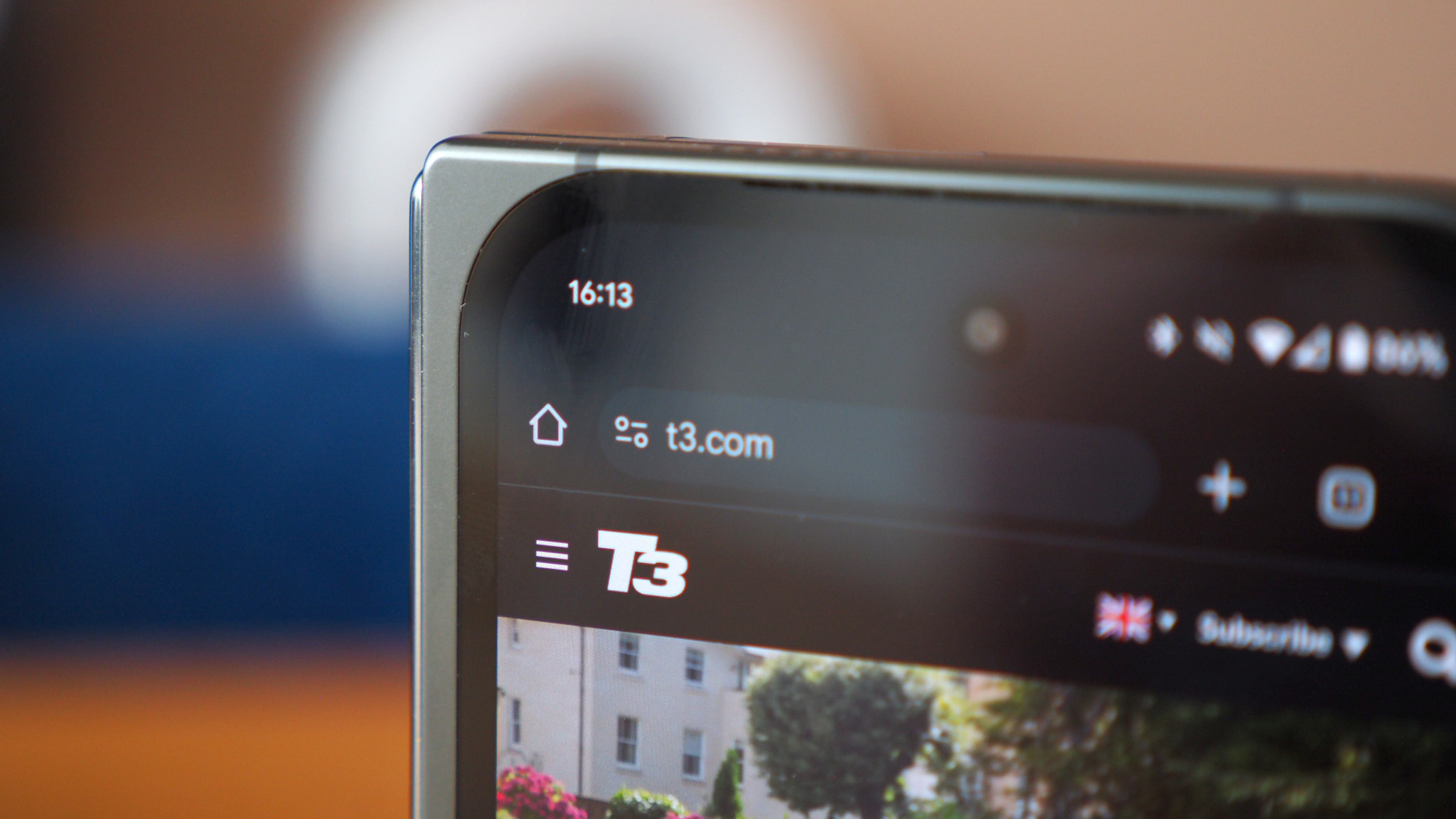
Despite the Pixel 9 Pro Fold's considerable improvements, however, I still can't call it the perfect foldable. You can probably see some questionable design aspects in my pictures on this very page. Whether they're deal-breakers or not will depend on your points of view though.
First up, the screen bezel is just rather... odd. Externally and internally there's the same significant rounded corners as in the Pixel 9 series, which can 'cut into' app experiences. Other foldable competitors present fewer bezel margins and lesser rounded corners in their designs.
That said, the new screens Google is deploying are massively impressive. I've not seen a brighter display in any folding phone to date. Google seems to be using improved panels that include LTPO tech – so variable refresh rates are possible too. The pop of colour and brightness is a real winner here – although, as with any foldable, there's still visible screen 'crease' where the folding panel is concerned.
Next up is software. Google is the father of Android, so you'd expect a great experience – and that much is true. However, just as I said of the original Pixel Fold, I just don't think there's quite enough in current Android to leverage this two-display design format. Other makers permit more app multi-tasking on-screen, for example, Google only allows app pairs at present. Android will update for years to come, though, so I suspect the user experience will only improve with future updates.
Last up, there's the cameras – a 48-megapixel main, a 10.5MP wide-angle, and a 10.8MP 5x optical zoom. That's a decent spread in terms of what it can do, and various Google Gemini AI technologies add to the computational photography experience, but it's not matching the Google Pixel 9 Pro XL's levels. And I think the Fold should, ultimately. Especially as the camera unit has been redesigned for this model.
5. About that asking price...
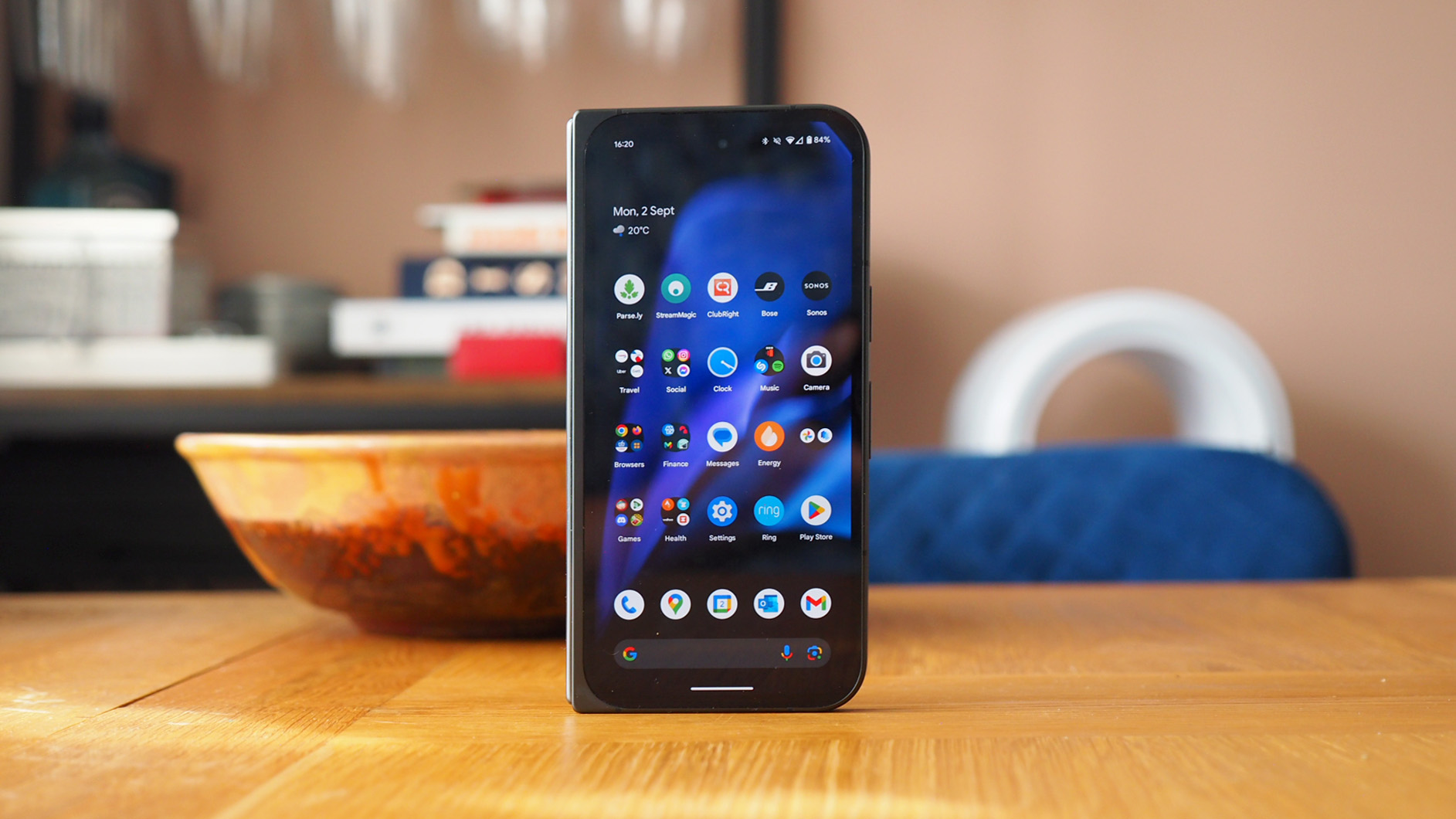
It would be remiss of me not to comment on the asking price of Google's latest foldable too: at £1749/$1799/AU$2699 it's certainly not a budget phone by any means. But, in context, it's actually competitively priced.
Take, for example, the Galaxy Z Fold 6's higher £1799 / $1899 / AU$2749 day-one asking price. And that, literally, is less phone. The original OnePlus Open, meanwhile, was priced at £1599 / $1699 (there's no Australia presence) – but is now harder to obtain, and its Apex Edition model replacement is far pricier.
So, yes, the Pixel 9 Pro Fold is pricey, but Google is now in a position where it is genuinely competitive among its best folding phone peers. It's a major step change from the Android originator and I'm all for it. With the biggest and brightest screen of any foldable and the promise of 7 years of Android updates, feature drops and security upgrades, it's looking like Google has got real serious about foldables...

Mike is T3's Tech Editor. He's been writing about consumer technology for 15 years and his beat covers phones – of which he's seen hundreds of handsets over the years – laptops, gaming, TV & audio, and more. There's little consumer tech he's not had a hand at trying, and with extensive commissioning and editing experience, he knows the industry inside out. As the former Reviews Editor at Pocket-lint for 10 years where he furthered his knowledge and expertise, whilst writing about literally thousands of products, he's also provided work for publications such as Wired, The Guardian, Metro, and more.
